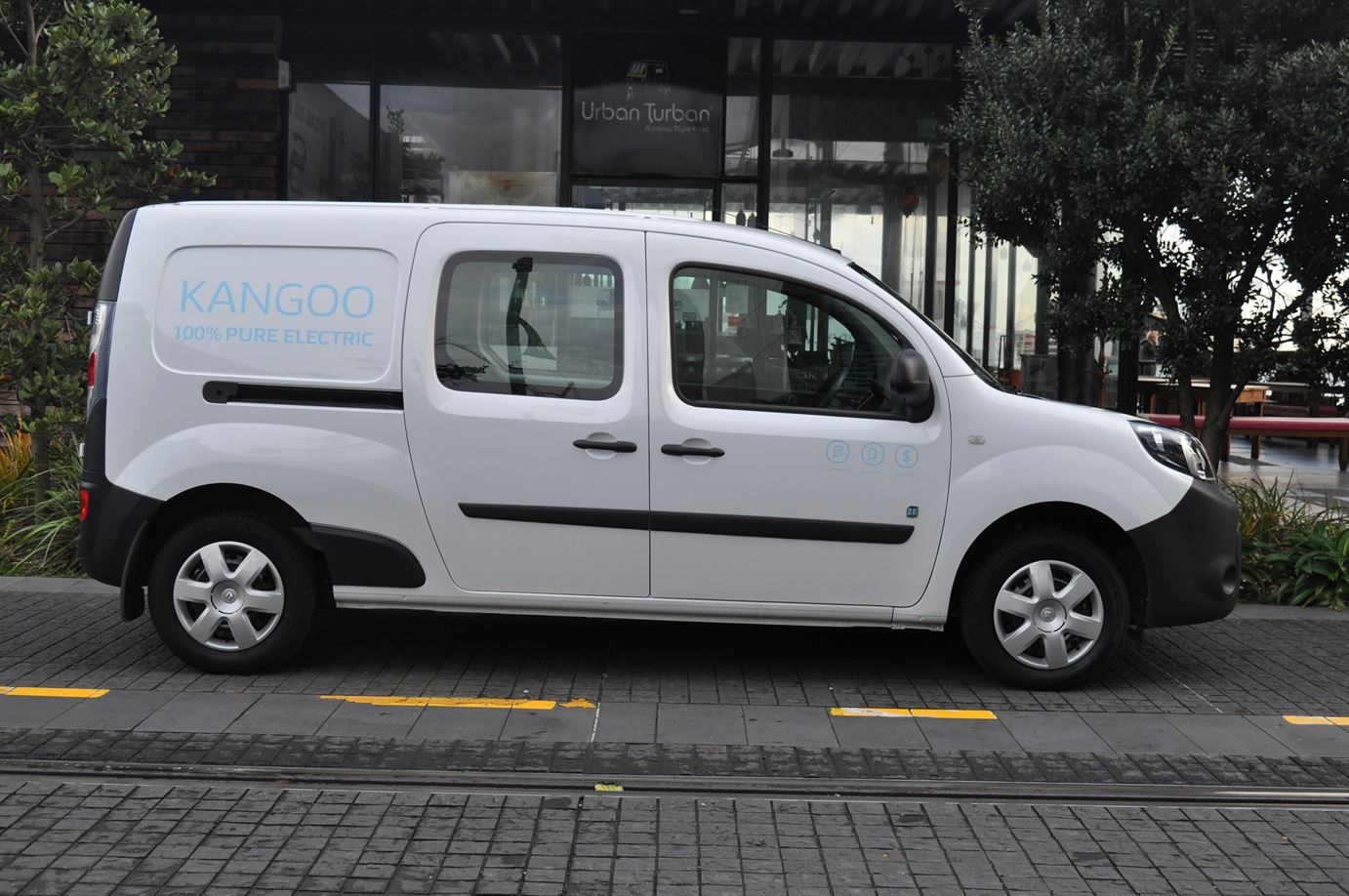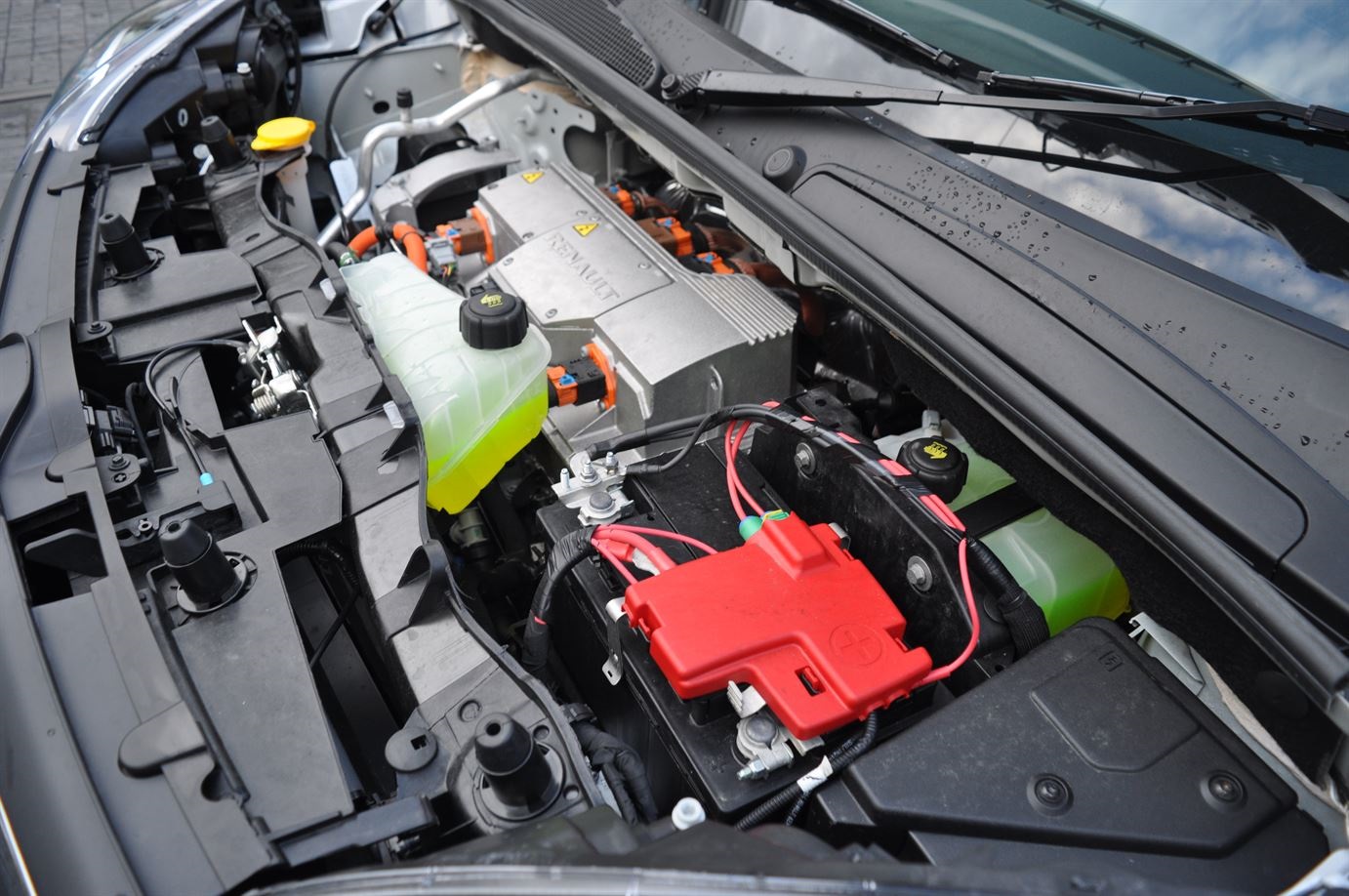Renault Kangoo Maxi ZE 2016 small van review
Renault has taken the opportunity to launch the plug-in Kangoo Maxi ZE (zero emission) in two long-wheelbase versions.

The Holden Combo used to own the minuscule small van market in New Zealand but lately, the bigger player has been the Volkswagen Caddy, with the Peugeot Partner and the Renault Kangoo playing a minor bit part.
Now that Air New Zealand is leading the charge (pun fully intended) to electrify its ground fleet, Renault has taken the opportunity to launch the plug-in Kangoo Maxi ZE (zero emission) in two long-wheelbase versions, a two-seat cargo van, and a five-seat crew van.
In Europe, electric vehicles such as the Kangoo van are used for short-radius distribution deliveries in city centres such as Paris where there are restrictions on emissions as well as noise generation.
While these European issues are not yet applicable to the New Zealand market, there are definite advantages here in terms of service costs and exemption from road user charges, as well as a known fact that the majority of our electricity is generated by renewable resources such as hydro and wind, not coal, gas, or nuclear fusion.
Alternative options
The Renault Kangoo ZE is the first light commercial vehicle of its type to be offered by a local distributor, the only alternative option for fleets such as Air New Zealand or other enterprises or tradespeople looking to lower their carbon footprint is a second-hand Nissan E-NV200 van through the used import trade.
Unsurprisingly Renault New Zealand decided wisely to solely take the Maxi version of the Kangoo which offers 4.6 cubic metres of cargo space, a 1.86-metre-long cargo bay with 1.218 metres of width between the rear wheel arches, and a decent payload capacity of 650kg.
Longer items up to 2.7 metres will fit into the Kangoo Maxi thanks to the collapsible bulkhead which swings around the driver’s seat, while the passenger seat folds forward into the floor space.
Daily driver
For many people, their daily driver is also their mobile office. The electric Kangoo offers a decent stereo with Bluetooth telephony, manual air conditioning, remote central locking, cup and bottle holders and decently sized storage spaces.
The seats are very comfortable and easily adjusted, as is the steering wheel, and if needed there is a cruise control function.
The Kangoo ZE is great fun to drive, it handles very well, has an excellent turning circle, reversing is made easy thanks to the rear parking sensors, the steering has a positive and precise feel to it, and the electric motor offers plenty of response when necessary.
The dual side doors and rear barn doors make getting boxes and other stuff in and out extremely easy in one-way streets and areas with tight parking spaces, and as a workhorse, it fulfills the role well.
Did I miss having a fossil-fuelled vehicle? Not in a heartbeat.
Electrifying power
While the electric motors output of 44kw might sound positively puny, it produces a lusty 226Nm of instantly available torque, so much so, that for most of our running we engaged the ECO mode button, which reduces the torque output and extends the battery range.
Driving the Kangoo ZE is not dissimilar to a petrol-electric hybrid, you hop in, turn the key and wait for the green “Go” sign to illuminate, which means you can then select drive or reverse, and off you go, in almost pristine silence.
The only noise you will hear from the Kangoo ZE is the whistle of tyres running over urban tarmac, and while it’s a pleasant day to day companion, there is a small issue that in congested urban spaces with pedestrian traffic, the electric Renault is too quiet!
Thankfully a specific feature of the Kangoo is the Z.E. Voice function which emits a sound to warn pedestrians of the vehicle’s approach.
This system is activated at speeds of between 1 and 30kph, but there is no sound at a standstill. Despite this feature, Auckland pedestrians seemed oblivious to the oncoming presence of the Kangoo ZE, so I became quite adept at tooting and waving at people who blithely jaywalked across city streets right in front of me.
Range Anxiety?
Renault New Zealand supplied us with a three-pin plug charger for home, as well as connectors to use at public charging stations such as the units pictured here in the Downtown car park in Auckland’s CBD.
Recharging the Kangoo can see a variance in available range, and this depends on how the vehicle was previously driven. After a day of gentle running, the recharge brought up a range of 129km, the following day which wasn’t so gentle, saw the recharge range at 119km.
So, on the conservative side of the ledger, 100km would be a good yardstick for people to use if they are seriously considering electrification of the fleet.
For me, running 11km door to door, and having a charging station meant during the review period I never seemed to drop below a range of 80km.
Because the Kangoo ZE fully charged itself in a couple of hours, I had to run down to the car park and move it, because etiquette dictates that you don’t leave your fully charged vehicle hooked up unnecessarily when other folks might need it.
Overall
The biggest barrier for many private buyers to the Kangoo ZE will be the initial purchase price and for others, it may be that the current range may just not be enough, though it’s possible that in the future this may be extended. For those who can, and will do, many happy days of silent guilt-free running await.
Price: $74,990
Note: this was reviewed as a new vehicle.
Image gallery
Also consider






